Planning a visit to Japan?
Fantastic! You’ll see a country rich in strange, intriguing, and beautiful traditions.
From age-old rituals to modern arts, we’re going to take you through the key Japanese traditions you can immerse yourself in to better appreciate your visit. Oh, and don’t forget to grab an iRoamly Japan travel eSIM for easy and reliable internet to share every moment of your journey.
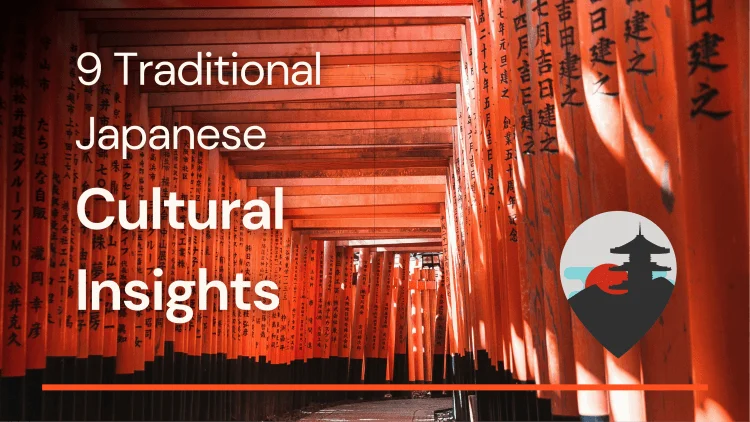
Cultural and Historical Traditions
1. Tea Ceremony
Practising the Japanese tea ceremony, or Sadō / Chadō, isn’t just about drinking the green stuff – it’s a choreographed performance of how to prepare and serve matcha (green tea powder). Participate in a tea ceremony at one of the traditional tea houses in Kyoto to see the balance of spirituality and welcome in action.
Tip: If you’re heading to a tea house, kingyo; bring some fish food to feed their goldfish
2. Samurai Heritage
The legend of the samurai, distinct from ninjas, is Japan's historical warrior class and remains vibrant. Venues like the Tokyo Samurai Museum showcase exhibitions and even samurai armor experiences. Meanwhile, the Soma Nomaoi Festival in Fukushima sees participants engaging in samurai horse races and parading in full armor.
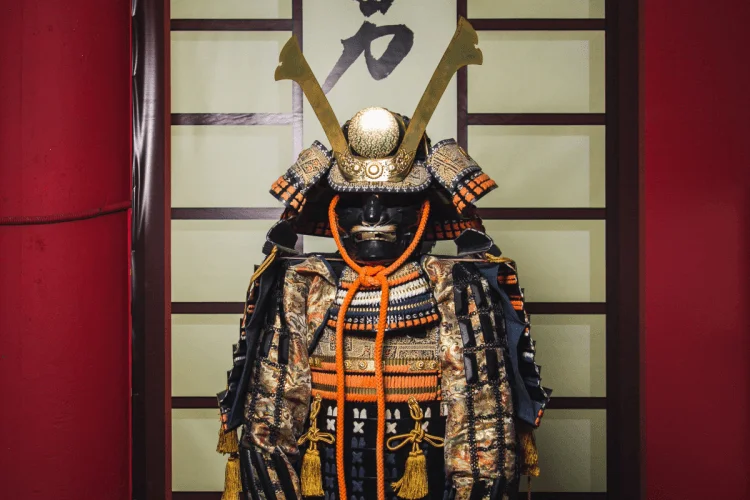
Tip: Check out the museum’s schedule in time to catch a live demonstration of a real samurai fighting to get closer to the culture.
3. Hanami
Hanami – cherry blossom viewing – is a fixture of the Japanese calendar, a celebration of life’s beauty and brevity. In the spring, cherry blossoms bloom in parks and temples all over the country (particularly in the likes of Tokyo and Kyoto), drawing crowds to appreciate the ephemeral wonder of the sakura. Set up a picnic beneath the flowers and join the locals in one of the most beautiful customs the country has to offer.
Tip: Get there early and lay claim to a prime spot beneath the cherry trees before the masses show up.
Arts and Crafts
4. Pottery and ceramics
Japanese pottery provides a study in the country’s aesthetics, with a history spanning centuries. Towns like Mashiko and Seto host pottery festivals and workshops, allowing you to craft your own ceramics with the guidance of a master potter. Not only does it make for a deeply personal memento of your trip, it’s a deeply engaging way to appreciate Japanese art.
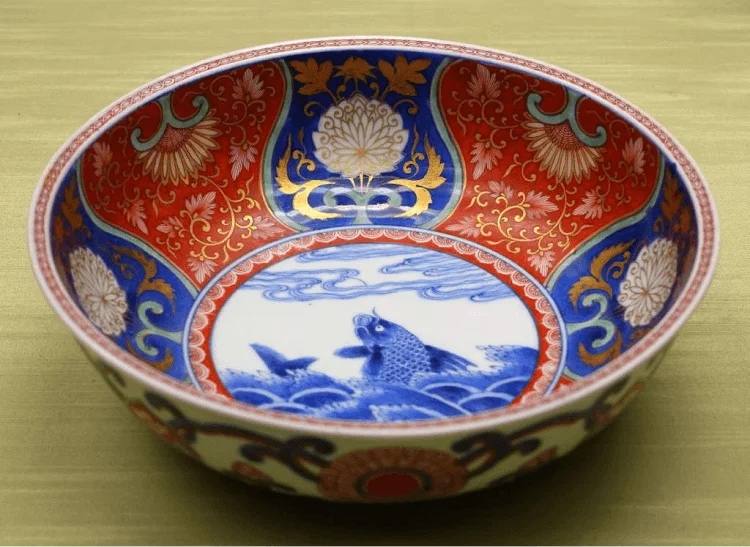
Tip: Make a piece, then have it shipped home — ready to display your handiwork.
5. Traditional Arts
Shodo (calligraphy) and Ikebana (flower arranging) are artful practices that showcase the Japanese sense of beauty. Try your hand at a workshop in Tokyo to discover first-hand the balance and form needed for such art forms – plus, it’s a meditative activity too.
Tip: Seek out workshops that offer English-language guidance to enhance the experience.
Performance Arts and Music
6. Kabuki Theatre
Kabuki is a traditional form of Japanese theatre, with origins dating back to the Edo period. It’s famed for its stylised drama, performers’ elaborate make-up and costumes, and the performance artistry of the dance itself. Head to a show at Tokyo’s historic Kabukiza Theatre for a breathtaking performance steeped in colour and history.
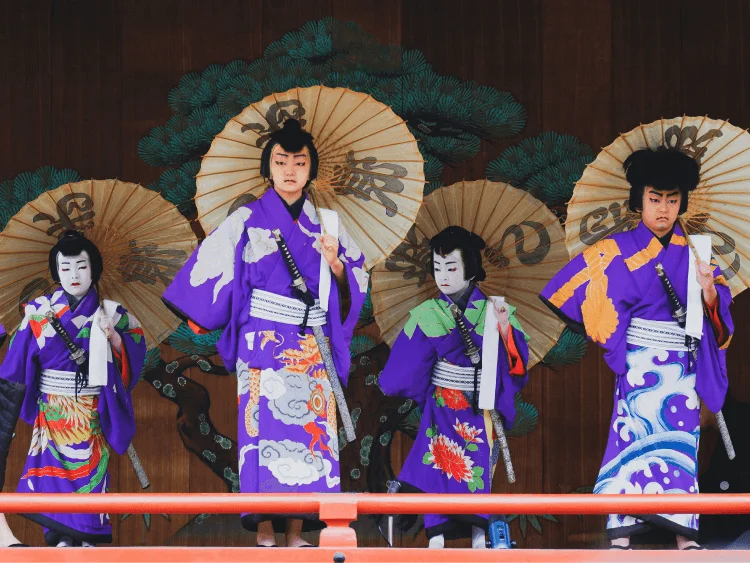
Tip: Order tickets online and pick up English translation devices at the theatre.
7. Taiko Drumming
Feel the beat of Japan with the thunderous art of Taiko. Usually performed by a troupe of musicians on large, barrel-shaped drums, Taiko is a high-energy spectacle often seen at festivals or inside temples. However, some schools in Tokyo offer short courses for travelers wanting to try their hand at the art.
Tip: Start at a beginner's class to get a sense of the power and unity of Taiko.
8. Noh Theater
One of the oldest extant forms of classical theater in Japan, Noh is a musical drama that emerged in the 14th century. Its productions are typically elegant and understated, focusing on deep, philosophical storytelling. Noh integrates dance, music, drama, and poetry, generally with sparse sets. Tokyo’s National Noh Theatre or performances at historic shrines throughout the country present the best opportunity to see Noh, providing a contemplative window on Japan’s theatrical culture and its historical appreciation for introspection.
Tip: Some venues hold explanatory lectures before the performance to help you understand the symbolism in Noh.
Traditional Attire
9. Kimono Wearing
Nothing screams Japan more than a kimono. In cities such as Kyoto, visitors can rent a kimono to wander through temples and shrines. You will be rewarded with some beautiful photos while paying a nod to the Japanese habit of dressing to the nines.
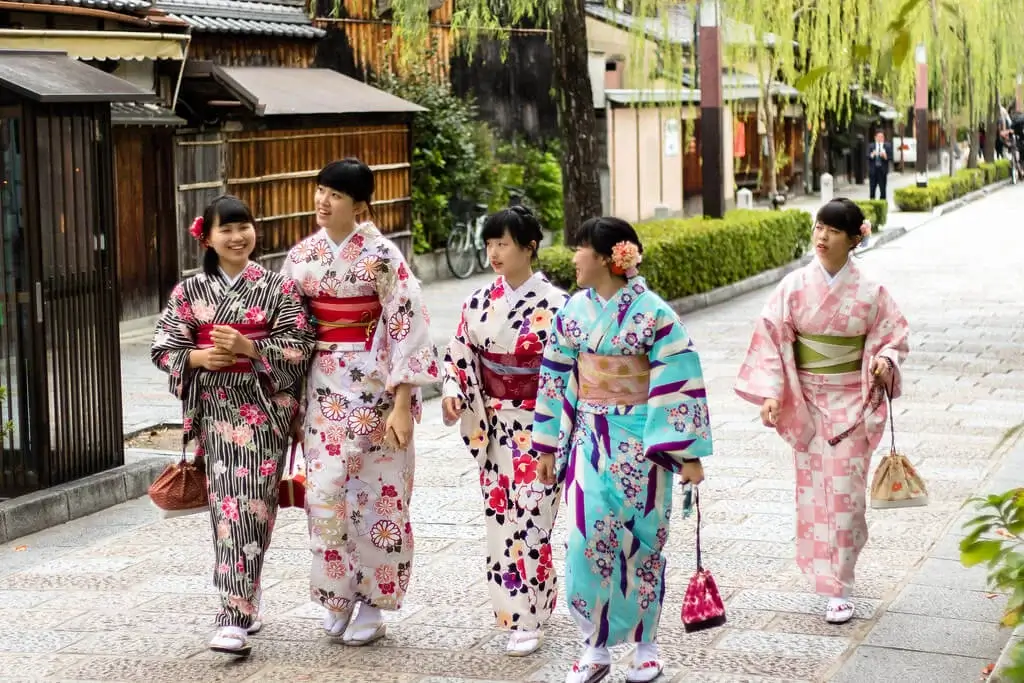
Tip: Go for lighter fabric kimonos during summer to swathe yourself in comfort.
Conclusion:
Overall, the experience allows a glimpse of more than sights. Instead, it brings a greater understanding and appreciation of this beautiful culture. Here, it’s not just about seeing culture – it’s about participating in the living inheritance that keeps Japan, Japan. Feeling ready to dive in? Japan is waiting with open arms, and a bow.
